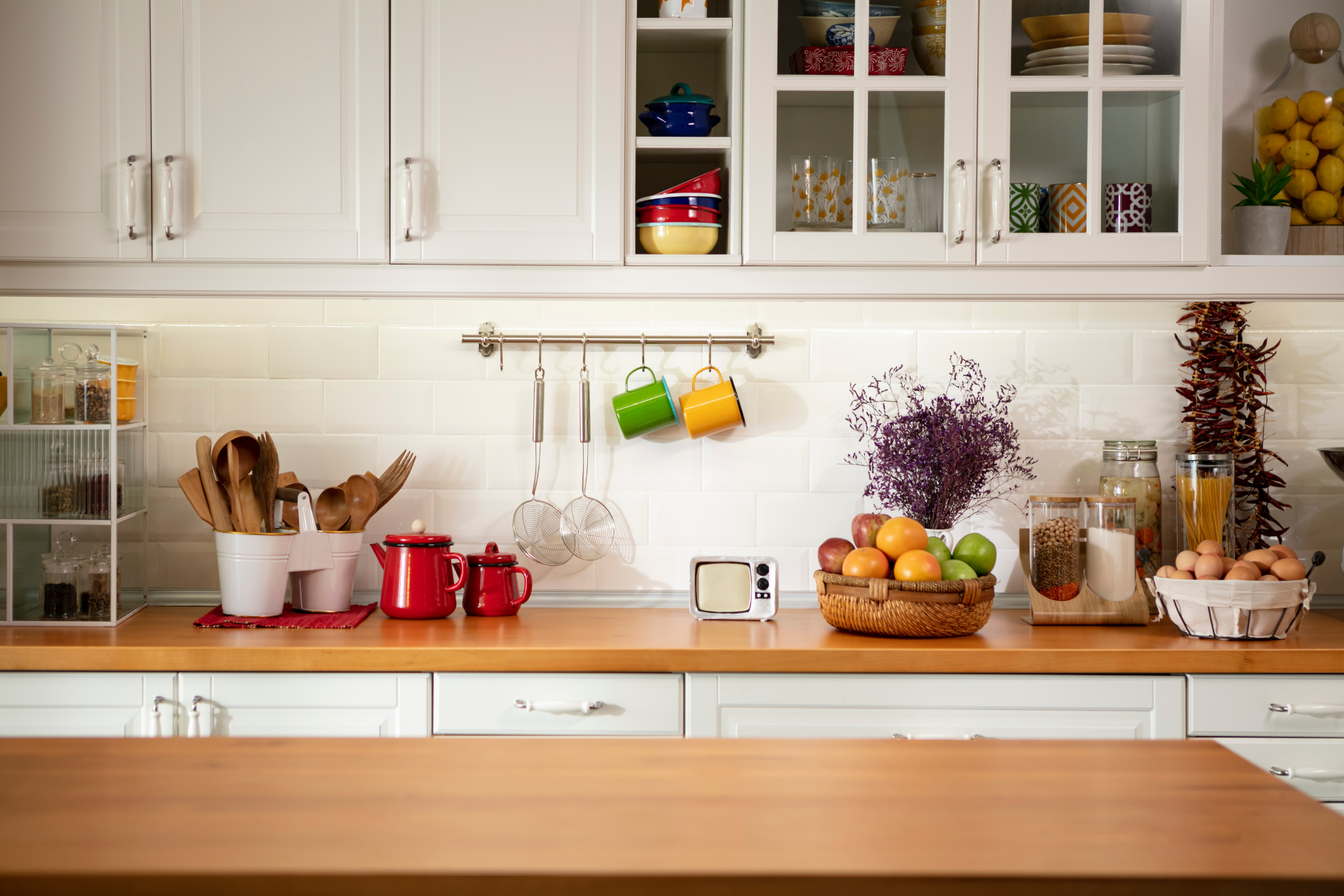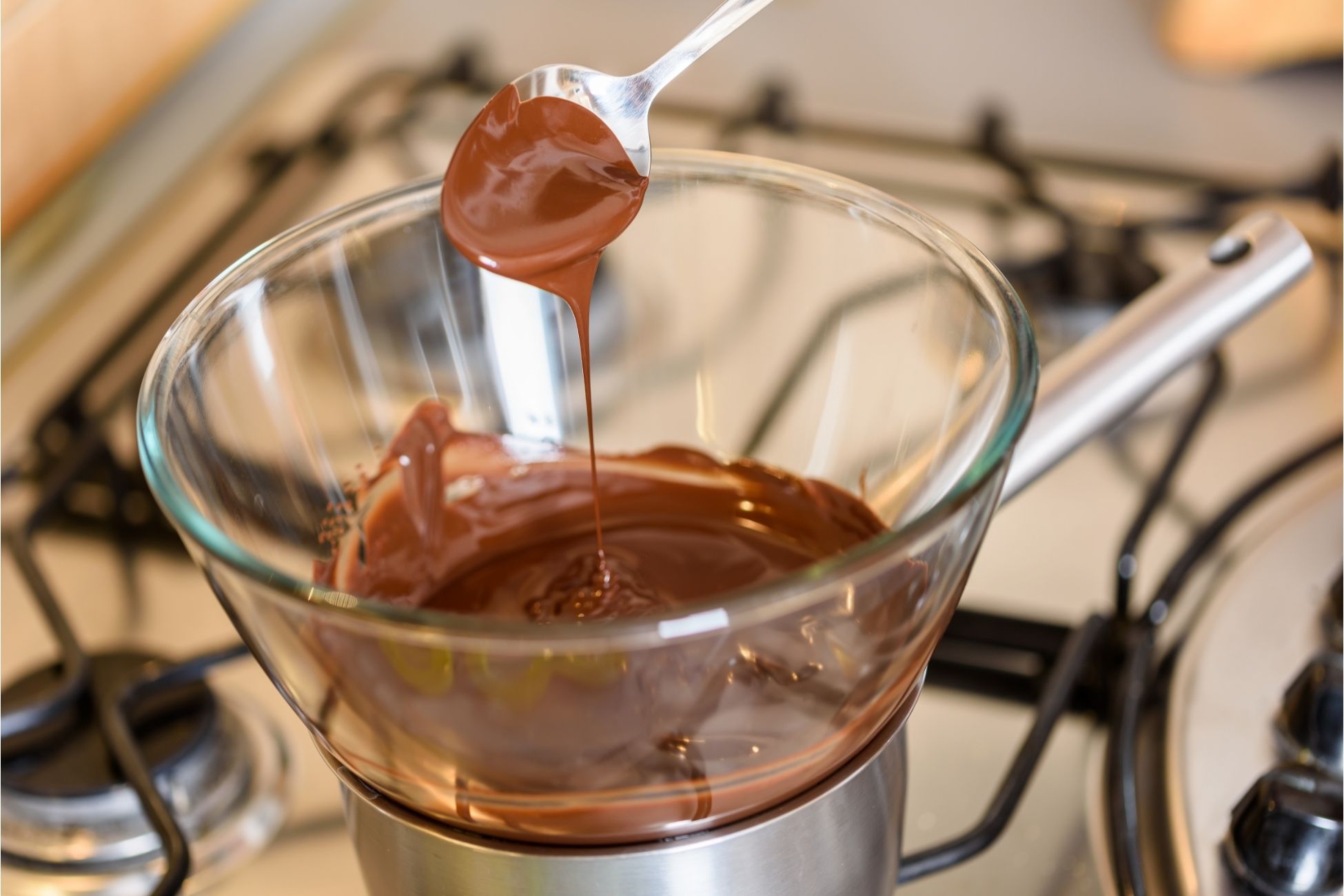A smaller kitchen appliance can save time and energy in a kitchen. Coffee makers for example, are essential for a caffeine-craving household. These appliances are used so often and therefore require the utmost maintenance. Nearly every appliance has a control panel that is touched every time, leaving behind soil or bacteria. Microorganisms inside where food and beverages are prepared can lead to digestive upset or worse. Here’s how to get those small kitchen appliances clean. Espresso or Coffee Maker. Regardless of the kind of coffee machine, these should be cleaned regularly for both good tasting coffee and to prevent bacteria growth. A coffee maker combines moisture and warmth, a perfect breeding ground for bacteria and mold. All removable parts should be removed after every use to clean away coffee grounds and oils. Wash these with warm, soapy water or in a top rack of a dishwasher. Take a moment to wipe down the outside of the maker with a clean damp cloth. To clean the reservoir, fill it with equal parts distilled white vinegar and distilled water. Allow it to sit for 30 minutes and then run a brewing cycle. Run an additional two cycles with plain distilled water afterwards. Blender or Food Processor. A blender, food processor or juicer is prone to splatters of food and liquid. After each use, rinse out the blender or cup with plain water. Fill with half warm water and a drop or two of dishwashing liquid. Power it on for about 15 to 30 seconds then dump out the solution. Disassemble the blades and lid parts, rinse them with hot water and allow to air dry. Take a clean cloth to wipe down the outside of the base and use a soft toothbrush if necessary to tackle buttons or knobs. Simply dip in a solution of warm water and a drop of dishwashing liquid. Waffle Maker. Unplug the machine and wet several paper towels. Use metal tongs to hold them as you wipe down the hot grill or press to loosen food particles. When it’s completely cool, mix a cup of warm water with a drop of dishwashing liquid. Dampen a clean, soft cloth with the solution and wipe the entire cooking surface. If you have a buildup of grease, use a soft toothbrush to get into the crevices. Rinse with another clean cloth dipped in plain water, then dry. If you have removable plates or drip trays, wash in hot, soapy water or in a dishwasher if recommended by the manufacturer. Never use a scrubbing pad or sharp tool on a nonstick surface. Toaster. After every use, unplug the toaster and open trap doors or shake it upside down over a trash or sink to remove loose crumbs. Wash the removable tray or tasting rack with hot, soapy water, then rise and dry afterwards. Once a week you should unplug the appliance and use a soft cloth dampened with hot, soapy water to wipe down the exterior and interior, avoiding the heating elements. You can use a toothbrush for harder to reach crevices. Rinse with another cloth with plain water and allow to dry before using. Source: the Spruce










